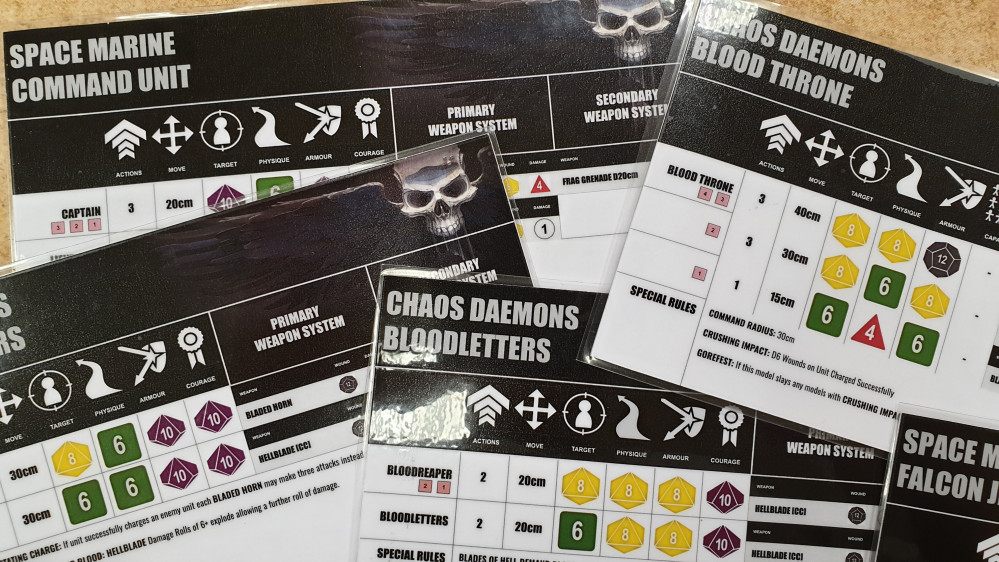
Warhammer 40K For Kids
Building a Game Suitable for My Children
So while all that hobby was taking place I was pondering over how we could play in the universe of Warhammer 40,000.
The thought of trying to lead young children through the game as written really didn’t appeal to me and honestly I think it would have been boring and cumbersome for them too, as the mechanics are focused on a structured game rather than a narrative experience.
So I decided to take a different path, as my goal was to let them experience the wild and wonderful world as a miniatures game something more akin to a role playing game that was focused on miniatures and armies.
Colour Coded Poly Dice
Some time ago a gaming genius in the Industry, a chap named Alessio Cavatore used colour coded Poly Dice in one of his games Terminator. It struck me at the time as a beautiful system where we had both shape and colour to denote dice (so if colour blindness was an issue there was an alternative recognition system)
Later when I started to play simple Role Playing Games with my children I ordered a bunch of Poly Dice that were colour coded so i could easily say “ok you roll the red one and this monster will roll the green one” etc.
Its a simple dynamic that’s easy to explain and my kids have found it fast and exciting as they grasped that the bigger the dice the more the opportunity or threat they faced.
It’s not perfectly balanced, its certainly not ‘gamey’ but it is cool for story telling.
So the colour coded Poly Dice were in!
Taking Action
The middle ground for me between a Role Playing Game and a Table Top Wargame is selecting from a set of allowed actions and having units able to perform a number of actions, this gives it the structure of a game, but allows the story telling to unfold as a unit, moves or climbs or swims etc
I set about defining some actions a unit could possibly take and grouping them under headings.
So the main types of actions are at this stage.
Movement, Shooting, Assaults, Specialist, Interact, Defend.
Under each heading are the actual actions a unit could take (and a cost of action points to do it)
I decided to standardise the actions as one set for every unit in the game and just fade out the actions any unit would not be allowed to perform. I feel this structure will make the game a little easier to follow and allow familiarity to build as we play.
Too much granularity and complexity will slow the whole experience down, so at this stage I’m just trying to get a balance between enough for the kids to let their stories unfold in a structured way, but not too much to make the whole experience cumbersome.
It’s a Work In Progress…































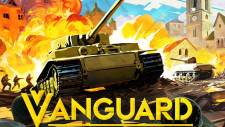
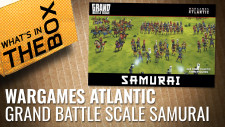
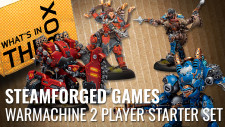
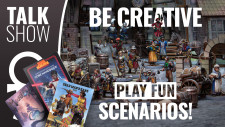
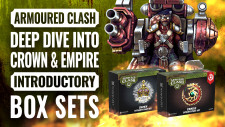
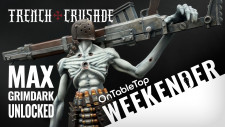




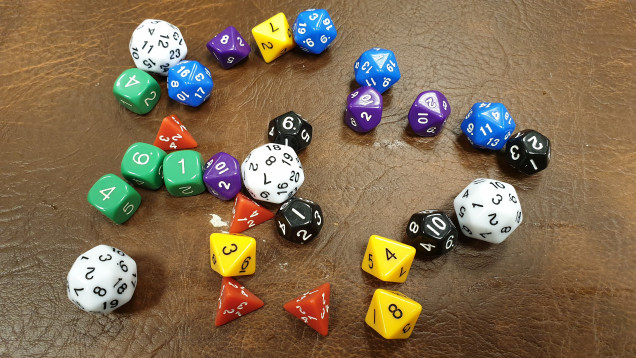
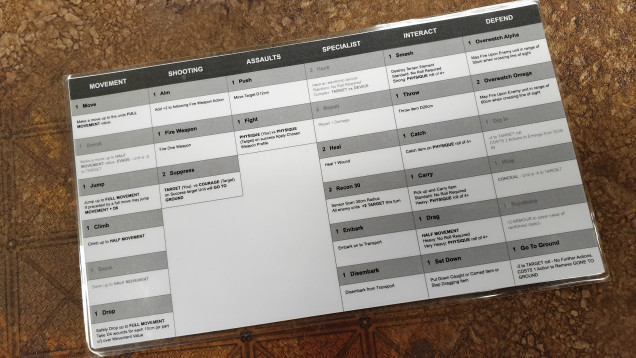

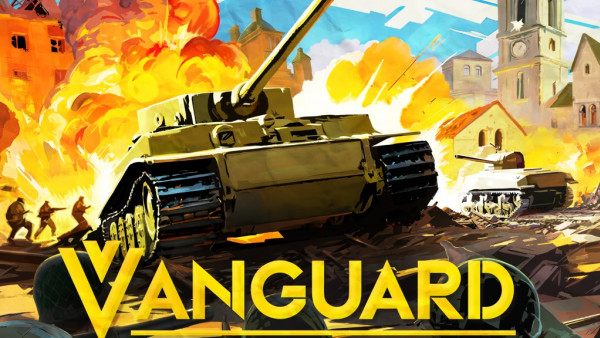

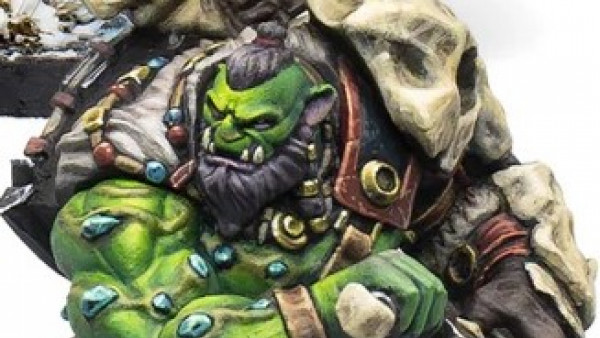
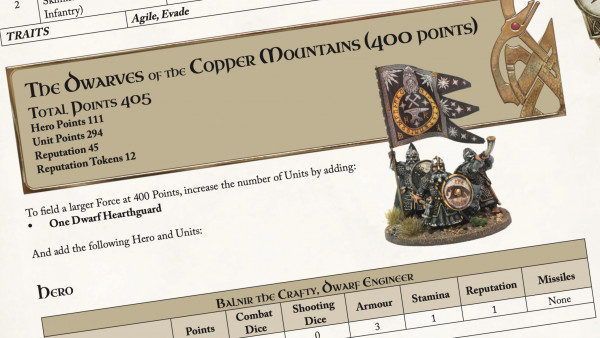


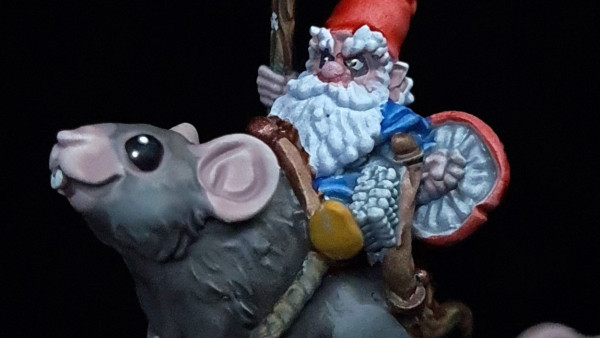
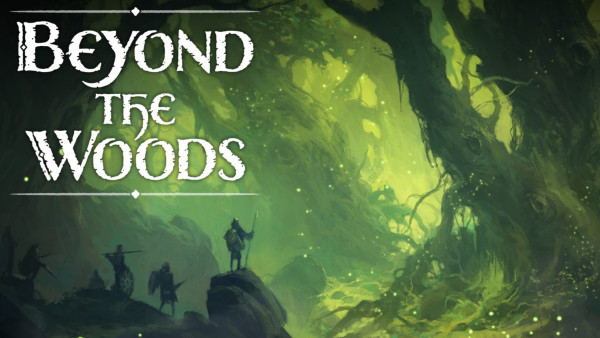


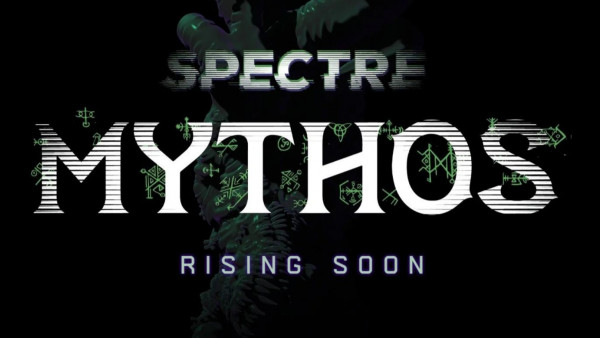
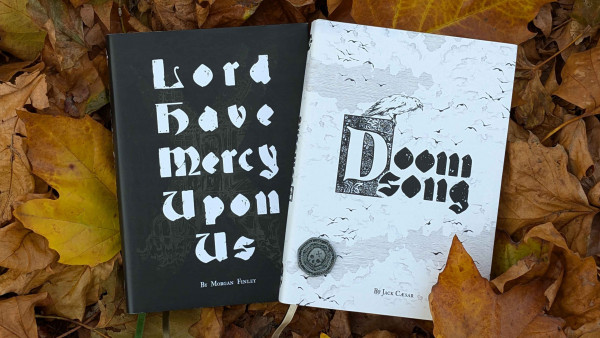




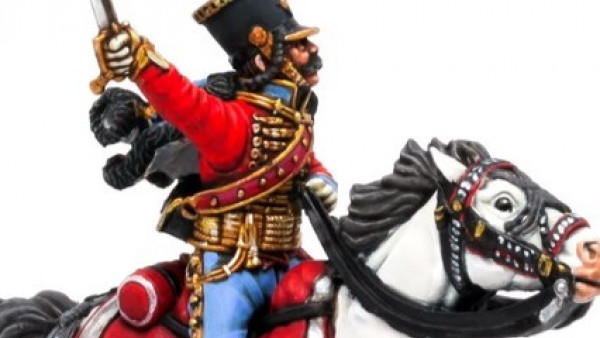
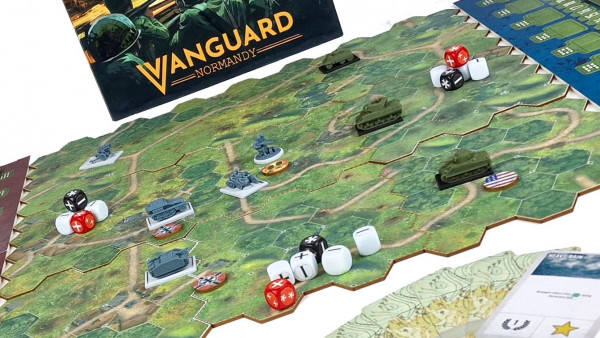

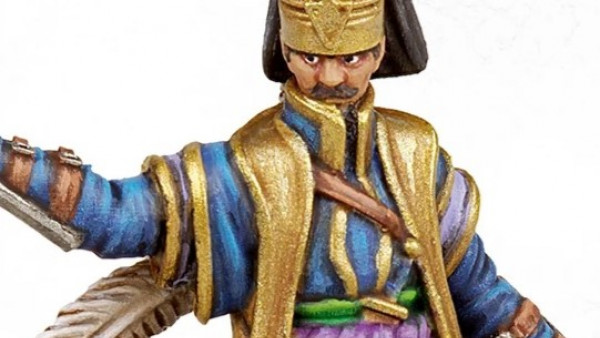

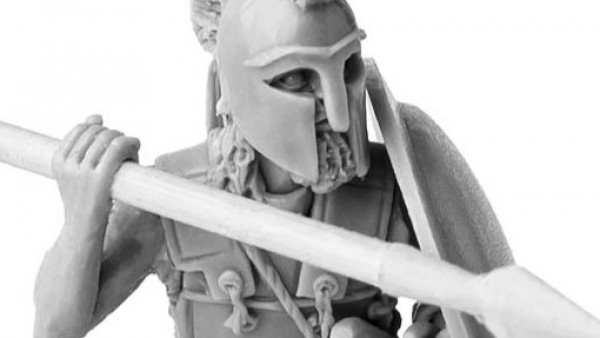
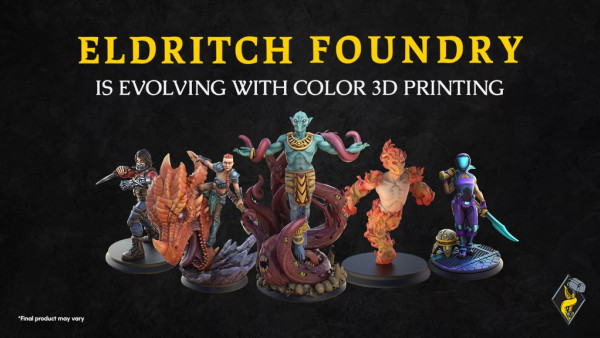

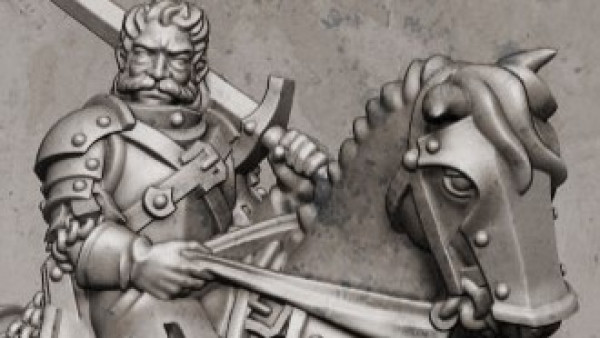

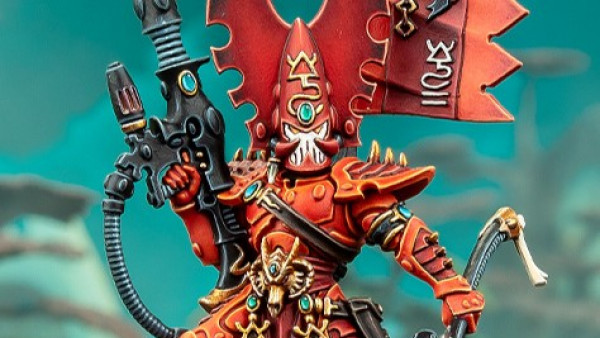
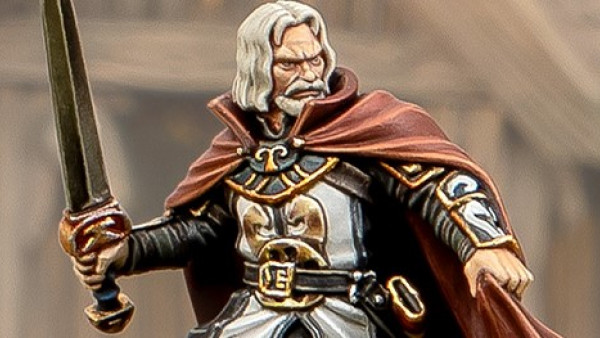
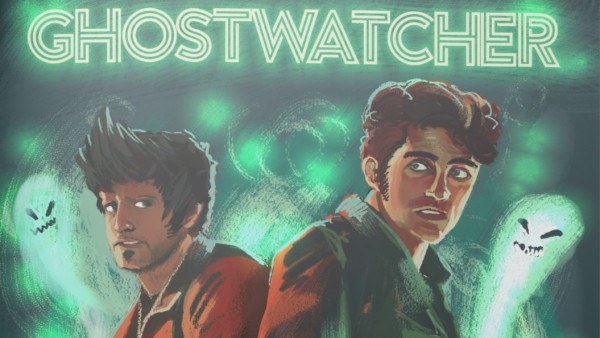



Leave a Reply